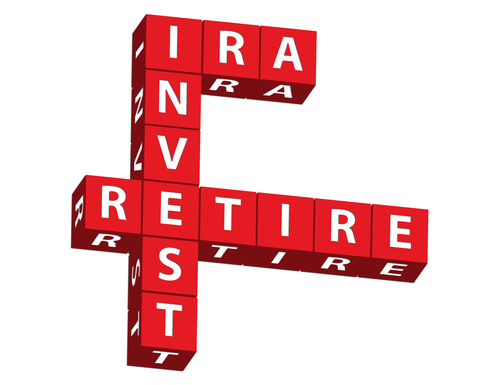
With the annual RRSP season coming to a close next week (the RRSP contribution deadline is March 1st), there’s plenty of media coverage to remind investors of this fact. Two this week came from my pen (or electronic equivalent).
Earlier this week, the Financial Post published the following column you can retrieve by clicking on the highlighted text of the headline: Can you Trust your Retirement Savings to a Robot?
By robot, we are referring of course to so-called Robo-Advisers or automated online investment “solutions” that generally package up various Exchange-traded Funds (ETFs) and handle the purchase, asset allocation and rebalancing at an annual fee that’s generally is far less than what a mutual fund or two might deliver. (that is, usually 0.5% plus underlying ETF MERs, compared to 2% or more for most retail mutual funds sold in Canada.)
The piece begins with a fond nod to a topic I used to write about periodically in the FP in the 1990s, at the height of so-called Mutual Fund Mania. It was then that I would write about a set-it-and-forget it approach we dubbed the Rip Van Winkle portfolio, which was simply two mutual funds (Trimark Income Growth, a balanced fund) and a global equity fund (Templeton Growth) that in effect did (and still do, I suppose) everything the modern robo advisers do. The difference is that because of ETFs, the robo services are about a quarter of the price of the old “Rip” portfolio.
But speaking of undercutting, and as the piece also notes, both “Rip” and the robo services have been undercut by the three new Vanguard asset allocation ETFs that were announced on February 1st, more of which you can find in the Hub blog I wrote at the time: Gamechanger? As I noted there, the Vanguard ETFs seem to be ideal for TFSAs (especially VGRO, the 80% equities offering) but of course they are also ideally suited for a “Rip” like RRSP core offering: VBAL (60% equities) for the typical balanced investor, VCNS (40% equities) for very conservative investors and perhaps those now in the RRIF stage who are required to make forced annual (and taxable) withdrawals.
Motley Fool Canada: 11 myths equals 11 lame excuses for not maxing your RRSP
Meanwhile, Motley Fool Canada has just released a special report I wrote titled The 11 Most Common RRSP myths. The report builds on several RRSP myths that CIBC’s Jamie Golombek published earlier this year, which you can find here, and my FP commentary on them here. The report adds several new myths submitted from veteran advisers like Warren Baldwin.
You can also view this promotional email on the RRSP report by Motley Fool Canada Chief Investment Officer Iain Butler.







